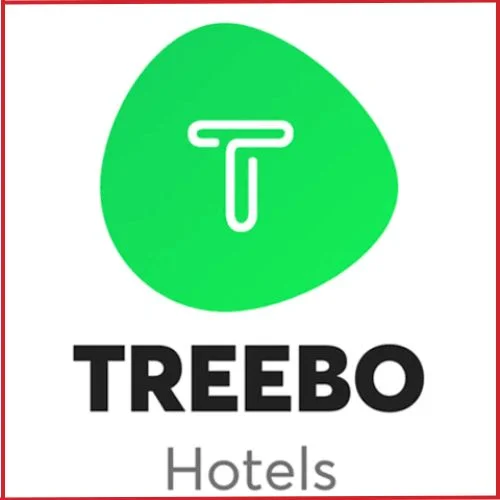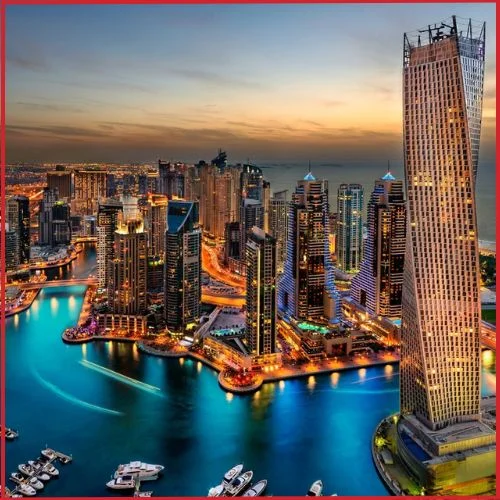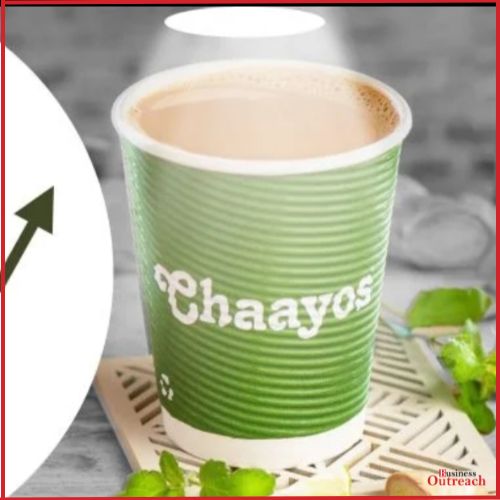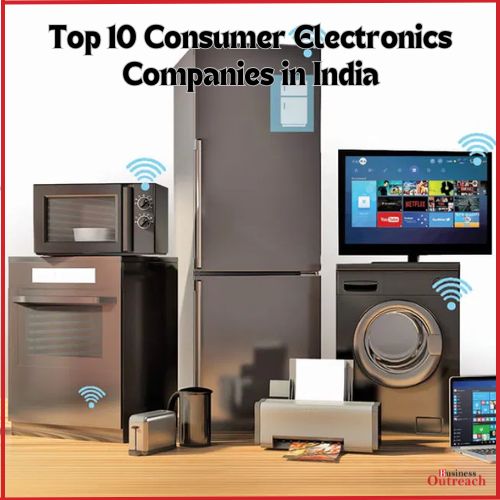During the 48-day men’s cricket World Cup, a record 518 million Indian viewers tuned in to Walt Disney-owned television networks, according to the entertainment company on Thursday.
Disney paid roughly $3 billion for digital and streaming rights to telecast International Cricket Council competitions in India from 2024 to 2027.
The business stated that its Hotstar streaming app established a concurrent audience record of 59 million during the World Cup’s final match.
The figures provide some solace to the Burbank-based entertainment conglomerate’s India subsidiary, which is looking for a joint venture partner or selling the company.
It has provided free World Cup cricket streaming on cell phones in India as part of a drive to increase advertising income and counteract the effect of a customer exodus.
Advertising income from the ICC Men’s Cricket World Cup 2023 broadcast has exceeded projections, owing to India’s outstanding performance throughout the tournament.
According to Abhishek Jain, research head at Arihant Capital Markets, India’s strong performance in the CWC 2023 greatly helped Disney Star’s higher ad sales, which exceeded the original forecast of a 25% increase to about Rs 3,000 crore.
According to Elara Capital, India matches averaged 29 million concurrent viewers for 11 matches, which is more than any other tournament on digital and five times more than non-India events.
Ad spend on digital for World Cup 2023 has doubled versus the previous 2019 edition, Taurani said. “Disney+Hotstar (the official streaming partner of the CWC 2023) has generated ad spend of Rs 900-950 crore, helped by India’s superior performance in the tournament. Further, TV ad spend for CWC 2023 has grown by 25 percent higher versus the 2019 edition, largely in line with our expectations, as the tournament in total has been able to garner ad spend of Rs 2,200-2,300 crore (TV and digital), slightly ahead of our estimates of Rs 2,000-2,200 crore,” Karan Taurani, senior vice-president, Elara Capital.
Jain said the sectors that spent the most on advertising were fast-moving consumer goods (FMCG), consumer durables, and e-commerce. “The FMCG sector, known for its aggressive advertising during high-viewership events, capitalized on the widespread audience of the CWC. Consumer durable companies also ramped up their advertising spend, taking advantage of the festive season, which typically sees a spike in consumer spending on durable goods. Additionally, e-commerce giants like Amazon significantly increased their advertising budgets,” Karan Taurani, senior vice-president, Elara Capital.















